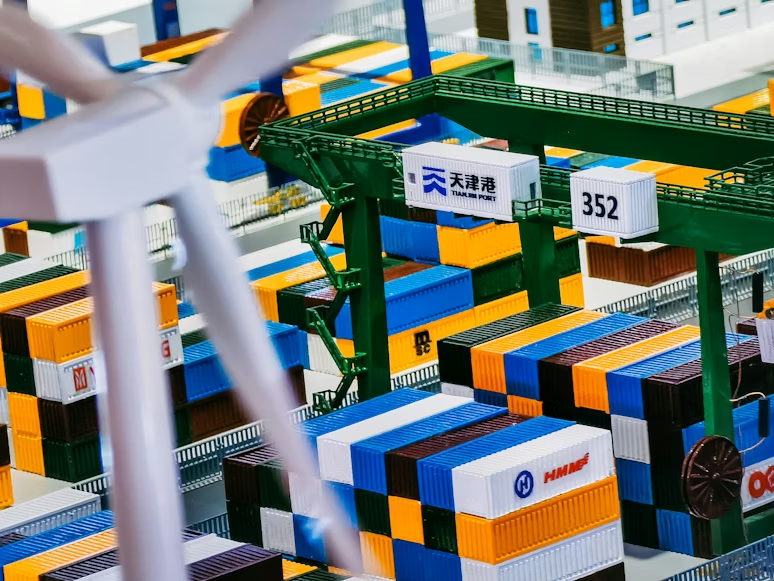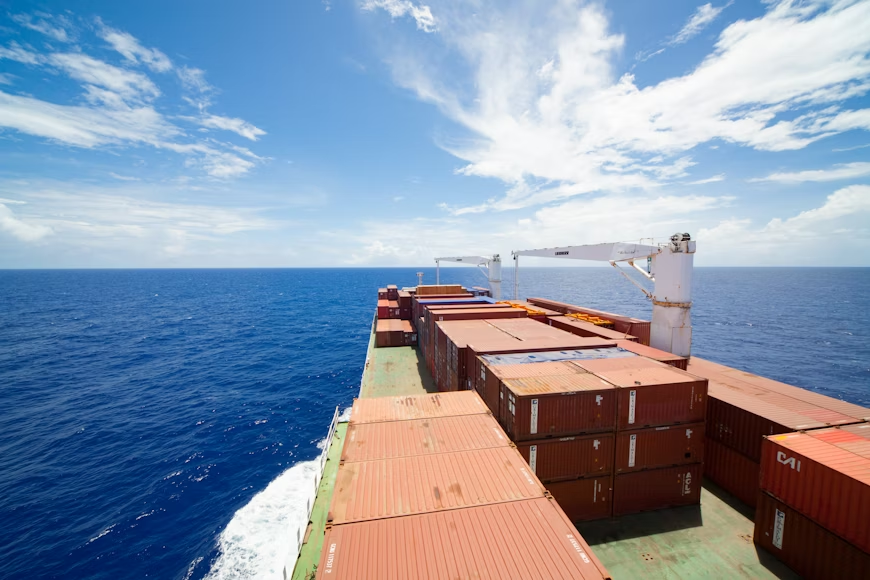In the realm of global supply chain and logistics, the hope for a swift return to normalcy post-pandemic has dissolved. Instead, the landscape continues to be reshaped by prolonged pandemic effects, significant inflation, and escalating fuel costs. Recent disruptions due to conflicts, such as the war in Ukraine impacting crucial transport routes and the closure of China’s largest port, highlight a stark reality: ongoing disruption is the new normal in the foreseeable future.
Addressing this reality necessitates a departure from survival-focused strategies of 2020 and reactive measures adopted by many companies since then. The prevailing uncertainty demands a proactive approach, integrating planned strategies, data, and tools. Executives managing logistics face mounting pressure, not just in rectifying past budget overages but also in meeting faster shipping demands, stringent environmental standards, and reducing overall costs.
The urgency lies in implementing new controls that foster comprehensive, end-to-end visibility. This visibility encompasses monitoring goods in transit alongside various factors influencing performance and cost.
Optimization Strategies
Traditionally, businesses optimize transportation and logistics for either performance or cost. Prioritizing performance ensures swift, reliable deliveries but impacts the bottom line. Conversely, focusing on cost efficiency often involves tradeoffs, potentially affecting a company’s reputation over time. Both strategies possess merits and drawbacks, compelling businesses to determine the best fit amidst fluctuating market dynamics.
The Quest for End-to-End Visibility
Attaining a comprehensive view demands two key elements. Firstly, understanding the financial flow of goods globally by assessing historical and current costs while forecasting future efficiencies. Secondly, obtaining real-time insights into goods in transit worldwide, including shipment statuses, inventory levels, carrier performances, and necessary adaptations to enhance efficiency and mitigate risks.
Transitioning to this approach is pivotal for gaining control in a tumultuous landscape and providing a clear assessment of cost versus performance regularly.
Adopting a Dual Mindset
As market conditions evolve, logistics executives must adopt a dual mindset that balances performance management strategies and cost-control measures. This involves assessing how ongoing events, macro factors, and market changes influence operational performance and associated costs.
Creating End-to-End Visibility
Embracing total visibility of goods’ flow and integrating financial data tracking are imperative. Shippers need swift access to operational insights to react promptly to disruptions. Additionally, tracking financial data allows the assessment of rate escalations, partner adherence to agreements, and the impact of additional charges, empowering informed decision-making during challenging times.
Fostering Resilience and Options
Building resilience against external market factors is the ultimate goal. Comprehensive oversight across performance metrics and cost factors aids in understanding the most effective strategies and cost controls. This capability aligns with Gartner’s assertion that it’s the imperative for supply chain leaders in the current landscape.
For organizations adopting these strategies, resilience translates into having choices. High-quality data enables confidence in making decisions amid challenging market conditions. Immediate action towards achieving connected, end-to-end visibility across performance and cost factors promises not only a better grasp of total cost to serve but also improved cash flow and long-term preparedness against future uncertainties.
Get the newest updates in supply chain logistics news on The Supply Chain Report. Visit ADAMftd.com for free international trade tools.
#GlobalSupplyChain #LogisticsManagement #SupplyChainResilience #PandemicImpact #InflationAndCosts #FuelPriceChallenges #EndToEndVisibility #LogisticsOptimization #PerformanceVsCost #SupplyChainEfficiency #SupplyChainData #CostControlStrategies #MarketUncertainty #FinancialFlowTracking #SupplyChainAdaptation #OperationalInsights #ResilientLogistics #SupplyChainVisibility #DualMindset #PerformanceManagement #RiskMitigation #SupplyChainDecisions #SupplyChainStrategy

















